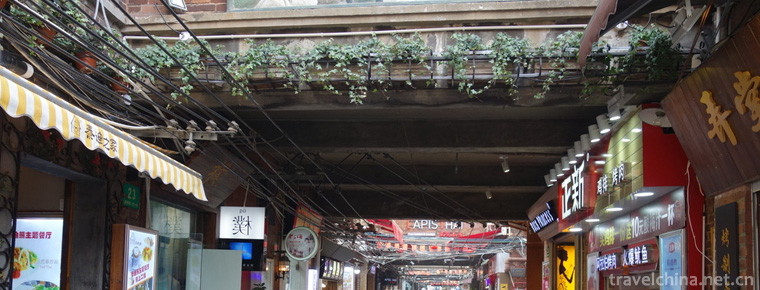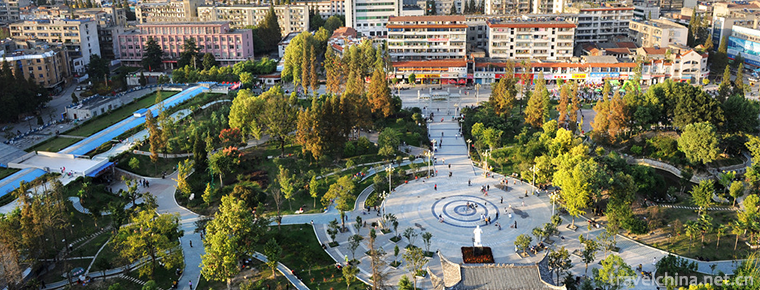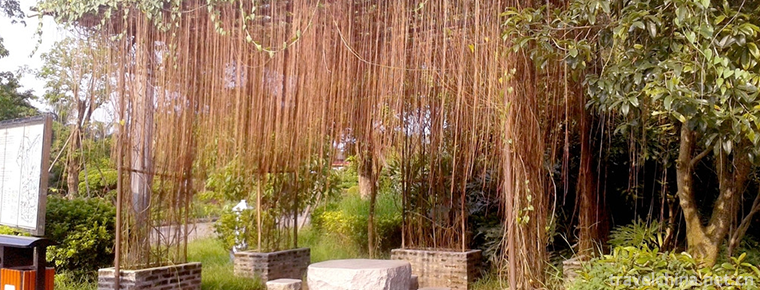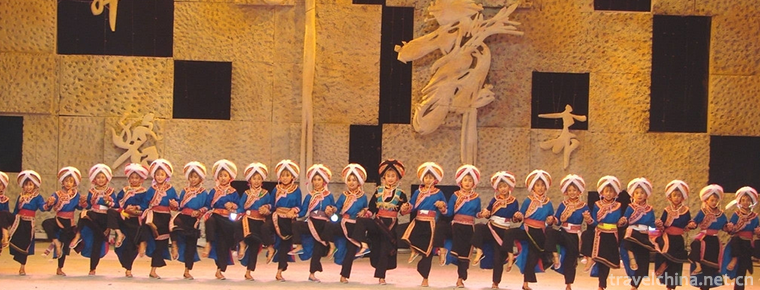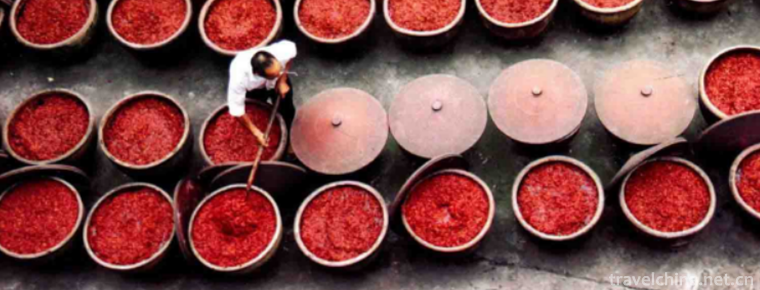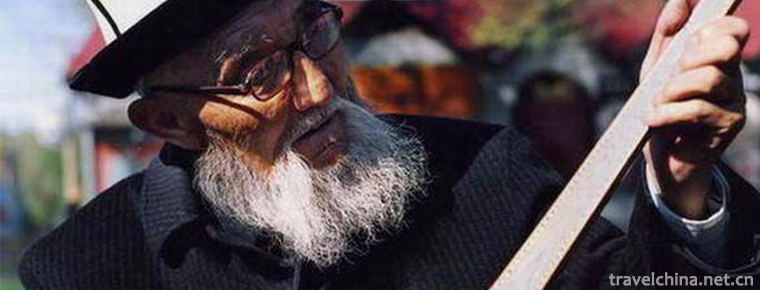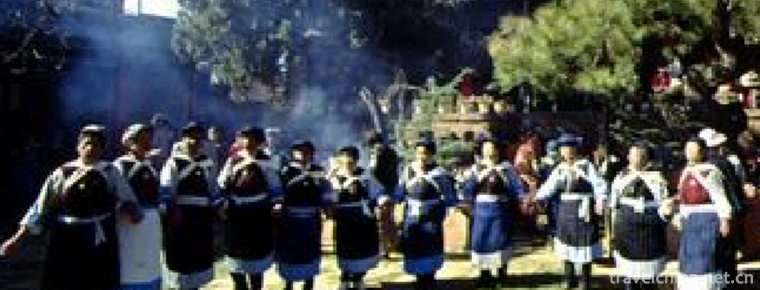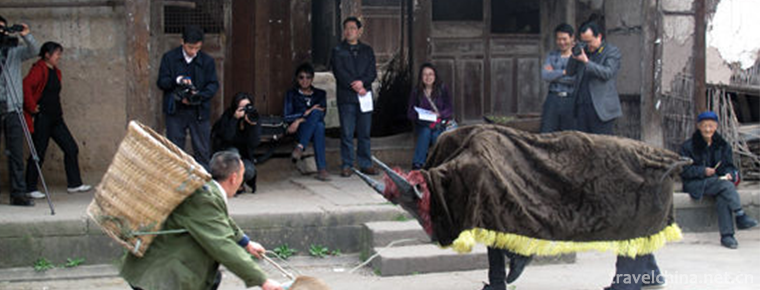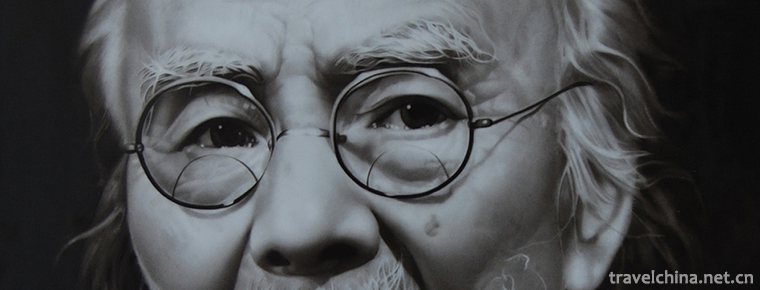Legend of Yellow Crane Tower
Legend of Yellow Crane Tower
The legend of the Yellow Crane Tower has a long history, and has been accompanied by the repeated destruction and construction of the Yellow Crane Tower, and continues to enrich and extend. Mysterious and strange, wonderful and graceful, euphemistic and moving. Not only has the extremely high historical and cultural value, but also has the distinctive literary value and the rich regional cultural color, which can be called the treasure of Wuhan folk culture. The legend of the Yellow Crane Tower comes from the folk, which contains profound and rich traditional cultural connotations such as immortal culture, folk wisdom and literati rhyme.
In 2011, the legend of the Yellow Crane Tower was approved by the State Council to be included in the third batch of national intangible cultural heritage list.
Historical origin
Towering in the Yellow Crane Tower of Snake Mountain in Wuchang, it enjoys the reputation of "the world's greatest scenery". It is also called "three famous buildings in the south of the Yangtze River" together with Yueyang Tower in Hunan Province and Tengwang Pavilion in Jiangxi Province. The Yellow Crane Tower was built in the second year of Wu Huangwu in the Three Kingdoms Period (223 AD). It is said that it was built for military purposes. Sun Quan built the building for the purpose of "governing the country by Wuchang" (the name of "Wuchang" comes from here). By the Tang Dynasty, its military nature gradually evolved into a famous scenic spot, where literati and ink travelers of all dynasties visited, leaving many well-known poems. Cui Hao, a poet of Tang Dynasty, wrote a song, "The former people have taken the Yellow Crane to the Yellow Crane Tower, where there is no spare Yellow Crane Tower." Yellow crane is gone forever, white clouds have been empty for thousands of years. Qingchuan calendar Hanyang tree, Fangcao Parrot Island. Where is the home at dusk? It's sad on the Yanbo River. It has become an absolute singer for thousands of years, making the Yellow Crane Tower more famous. The legend of building is beautiful. More than a thousand years ago, an old man surnamed Xin opened a hotel on Snake Mountain. He went up to the mountain every day to cut firewood. When he came back, he picked a good wood wedge from the wood and cut it into a smooth one. The poor man was puzzled. When he was cooking, he smoothly added a wooden wedge to the stove. Lu Ban sighed, "This is invaluable and will be useful in the future." On the 100th day, Lu Ban left a message: "When you can put thousands of daily goods, you can change your money." Then leave. Three years later, the Yellow Crane Tower was built on Snake Mountain, but it was inclined seriously and threatened to be destroyed. It wedged the crooked end and made craftsmen turn around in a hurry. The poor man chopped a wedge like a wedge, made up a hundred and went to market. When the architect saw this precious wedge, he was very interested and paid a lot of money to buy it. The poor man stood on the turtle hill facing the Yellow Crane Tower and threw away the wedges one by one. Ninety-nine wedges whistled across the Yangtze River and wedged firmly on the Yellow Crane Tower. Only one wooden wedge fell into the river, which was cut by the poor man. The Yellow Crane Tower is slightly inclined due to the lack of a wedge, but it will be all right for thousands of years.
By the first year of Yongtai in Tang Dynasty (A.D. 765), the Yellow Crane Tower had taken shape, which made many famous scholars in Jiangxia "travel and feast". However, there are frequent fires and wars, and Yellow Crane Tower has been built and abandoned repeatedly. The last "Qinglou" was built in Tongzhi seven years (AD 1868), destroyed in Guangxu ten years (AD 1884), and has not been rebuilt for nearly a hundred years.
In October 1981, the Huanghe Tower renovation project broke ground and was completed in June 1985. The main building is based on Tongzhi Building in Qing Dynasty, but it is taller and more magnificent. Using modern construction technology, the reinforced concrete frame imitates wood structure. The eaves are 5 stories, the top of the building is a cusp, the golden glazed tile roof is 51.4 meters high, the bottom edge is 30 meters wide, and the top edge is 18 meters wide. There are large murals, couplets and cultural relics on all floors of the building. A number of auxiliary buildings, such as bronze crane, pagoda, archway, porch, Pavilion and pavilion outside the building, set off the main building more magnificent. Upstairs overlooking the "extreme vision Chutianshu", not rolling the Yangtze River, the three towns have a panoramic view.
historical significance
The legend of Yellow Crane Tower shows the historical legend of Yellow Crane Tower in the form of traditional Chinese literature.
Since its establishment, the shape of Yellow Crane Tower has been different from Dynasty to dynasty, but all of them are tall, vigorous and full of personality. Compared with Yueyang Tower and Tengwang Pavilion, the plane design of Huanghe Tower is a set of octagons with four sides, which is called "all sides and all sides". These figures reveal the symbolic and ethical functions of numbers in ancient architectural culture. From the vertical view of the building, the eaves of each floor are directly related to the name of the building. They are like yellow cranes, and they are ready to fly. The whole building is exquisite and full of changeable charm and aesthetic feeling.
The Yellow Crane Tower has always been a place where "travel is bound to result, banquet is bound to result", and its popularity has been very strong. Nowadays, people regard it as a place of pleasure for sightseeing and visiting, or climbing upstairs to overlook, or playing by the water, or reciting poems and lyrics, or collecting orchids and ornaments to appreciate chrysanthemums. When a crop of people come in, you will know that the profound cultural origin, the magical attraction of beautiful legends is as far as Si.
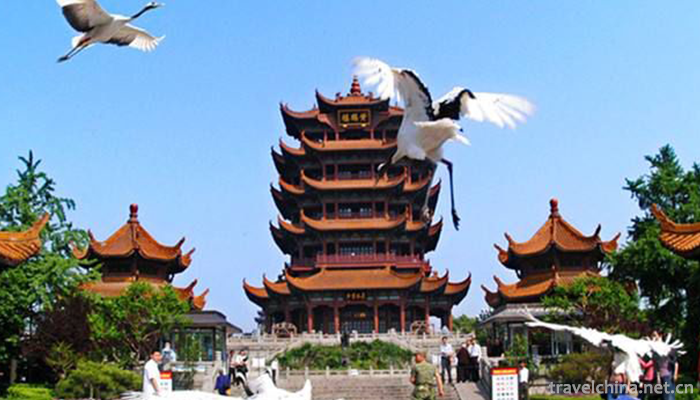
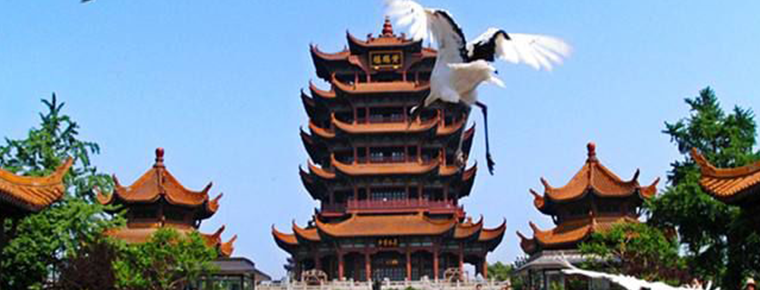
Legend of Yellow Crane Tower
-
Tianzifang
Tianzifang is located in lane 210, Taikang Road, Shanghai, China
Views: 193 Time 2018-10-12 -
Zhongshan Park
Zhongshan Park is located in the south of the Forbidden City (Palace Museum) in the center of Beijing, west of Tian'anmen, and separated from the Palace Museum.
Views: 130 Time 2018-12-22 -
Kaiping Garden
Kaiping Liyuan is located in Bohua Village, Tangkou Town, Kaiping City, Guangdong Province. It is a private garden of Xie Weili, an overseas Chinese traveling to the United States in Tangkou Town
Views: 147 Time 2019-01-29 -
Emei Chito
"A Mei Qituo" is the original ecological dance name of a group of Yi people. It is translated as "Girl Marriage Dance" in Chinese and originated from Sanbao Yi Township in Qinglong
Views: 208 Time 2019-03-28 -
Changzhou comb
Comb, also known as Chlamys, is one of the eight hairdresses in ancient China. It is a local traditional handicraft with a long history in Changzhou City, Jiangsu Province.
Views: 289 Time 2019-04-16 -
Traditional Manufacturing Techniques of Bean Flap
Douban traditional craftsmanship, Pixian County, Sichuan Province, local traditional craftsmanship, one of the national intangible cultural heritage.
Views: 170 Time 2019-04-28 -
Manas
Manas, the traditional folk literature of Kirgiz Autonomous Prefecture in Kizlesu, Xinjiang, is one of the national intangible cultural heritage.
Views: 240 Time 2019-05-16 -
Naxi Remei Biao
"Remei Biao" is also known as "Wo Yo Ye", which is a collective folk custom that has been spreading for thousands of years. There are more than ten people at least and hundreds of
Views: 218 Time 2019-06-07 -
Play with cattle
Playing cattle originated from the worship of nature in ancient times. In the era of farming civilization, cattle farming is particularly important for people's production and life. Therefore, through
Views: 349 Time 2019-06-25 -
Qi baishi
Qi Baishi (January 1, 1864 - September 16, 1957), formerly known as Zhi Zhi, the word Wei Qing, No. Lanting Pavilion, later renamed Huang, the word is on the edge, the number of Bai Shi, white stone m
Views: 314 Time 2019-09-04 -
Hunter peak
Hunter peak is located in the Shuangqiao gully of Siguniang mountain, with an altitude of 5360 meters and adjacent to Jianzi mountain. The two peaks stand shoulder to shoulder, with a huge stone pillar in the middle
Views: 238 Time 2020-11-05 -
Administrative division of Panzhihua
Panzhihua City has 5 county-level administrative divisions (Municipal District 3, county 2) and 49 township level administrative divisions (street 11, town 23, township 15). It covers an area of 7440 square kilometers and has a population of 1.12 million. Panzhihua Municipal People's government is located at No. 2, bingcaogang street, East District.
Views: 335 Time 2020-12-14
